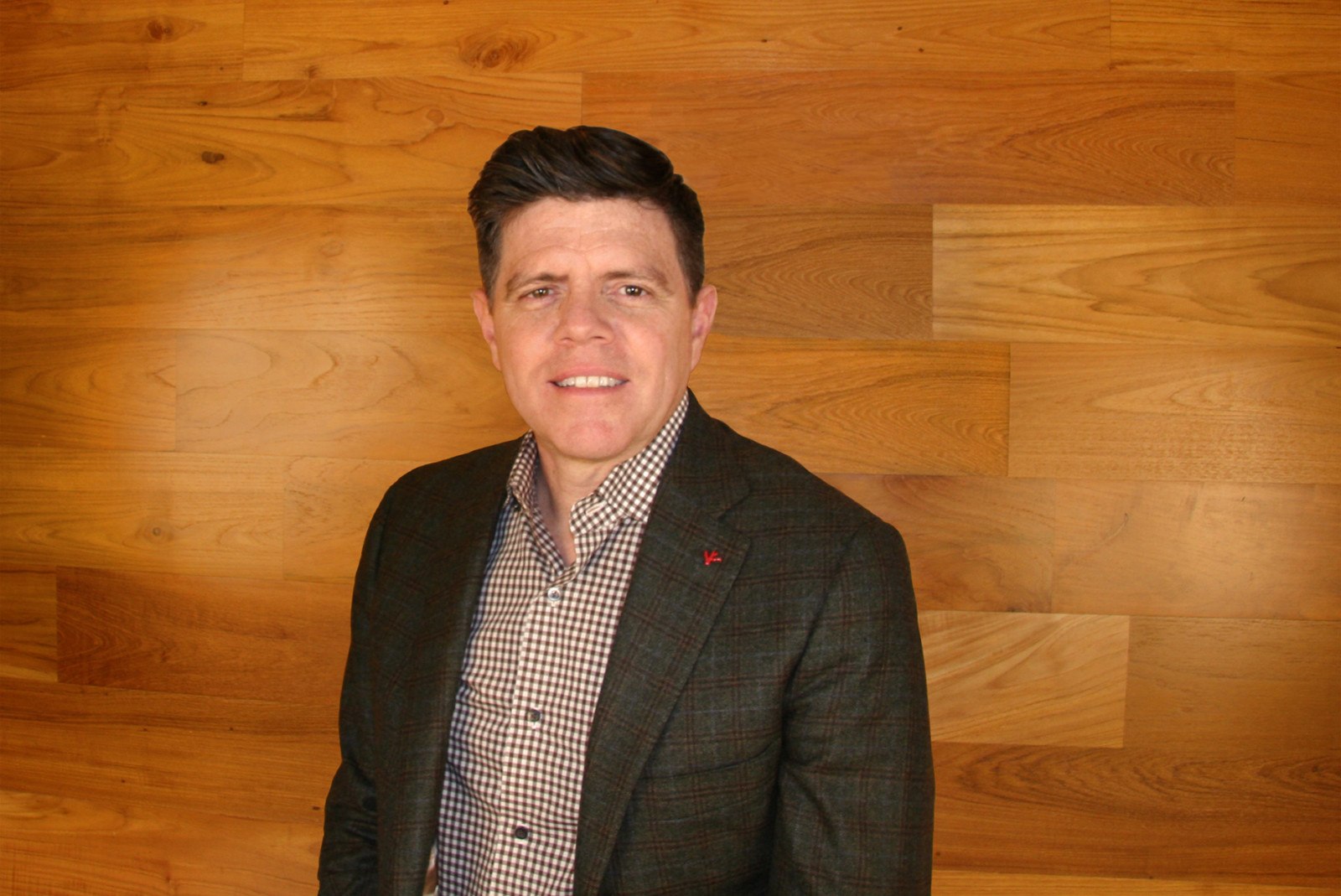The report investigates the forces reshaping the global financial industry and suggests how workplace design can position these companies for success.
Quotes from HOK’s Gordon Wright excerpted from the Shoptalk London podcast:
The workplace can directly and positively or negatively impact the workforce. We chose to study the financial sector because of the changes it has been undergoing. Technology and the needs of different types of workers are changing the profile of the space people need to be effective.
We don’t want workplace change for change’s sake. Organizations have experienced some employee pushback for benching and other seating and furniture arrangements. We have to provide workspace choices and variety for all employees. But this variety should be designed around job function and an employee’s role in the organization. Not everyone will have the right job duties suited to working in an open environment or a private office. Choice is the number one indicator of providing a successful workplace that supports human performance.
Even the most change-ready person will occasionally resist change in the workplace. Successful real strategies are explained to employees, who then have an opportunity to buy in. They understand why it’s happening and the benefits to them.
These workplace strategies need to be human-centric. Human beings have needs, and if we design for robots, we’ll be in trouble. We’re often asking people to be in a space for hours upon hours for five days a week. How will we get the most out of them? What will influence them to want to come back to the space and be productive? We need to consider the human factors.
We can help organizations that are shrinking, adapting to new markets, or expanding through mergers and acquisitions or another growth strategy. In all cases there is need for expertise to help the organization not only rightsize the portfolio, which can be the easy part, but make that workspace within the portfolio suitable for their people.
Virtual reality is a tool we have used to help clients like Nasdaq understand what their decision processes will lead to. In our profession we often want to treat clients like they are designers, too. Then we’re surprised when we show them a sketch and they don’t share the same level of enthusiasm. But many of them are more interested in the end results. Virtual reality enables us to show clients what the environment will look and feel like before it is actually built.
We don’t claim to have any special expertise that makes us futurists, where we can look out five to 10 years and tell the financial services industry, “Here is what you must do to be successful to hire the right people in the right workplace.” This conversation could radically change again. But if we’re engaged in this ongoing dialogue with clients, and if they are aware of how their workforce is changing due to technology and what they need to do to accommodate these changes in the workplace, it’s a little less scary. We can plan for these changes.
